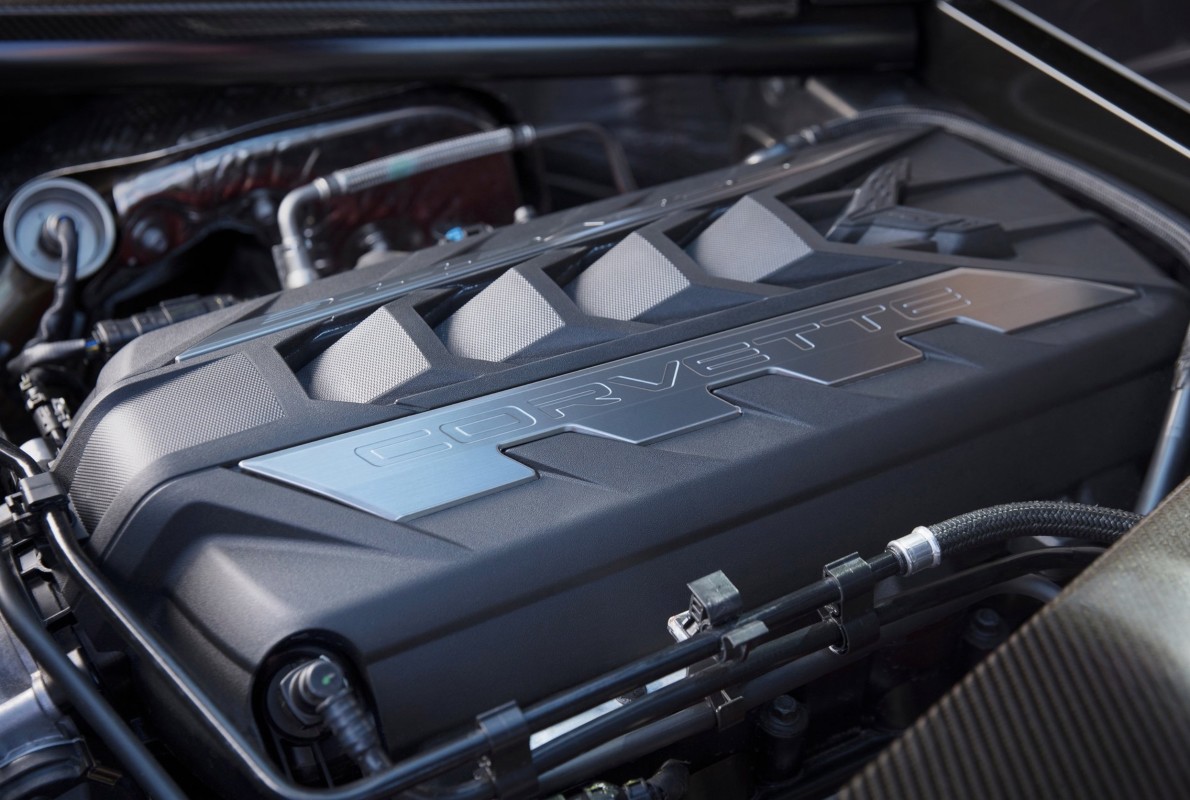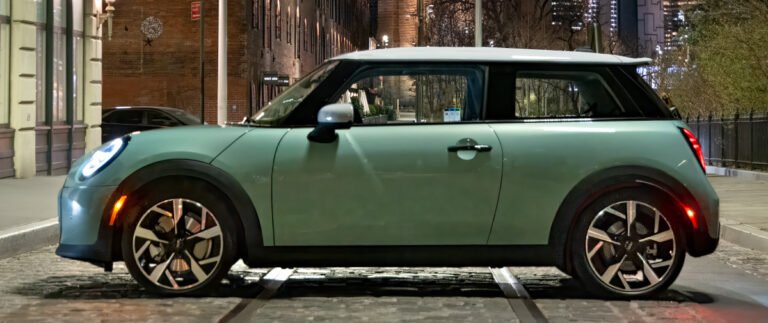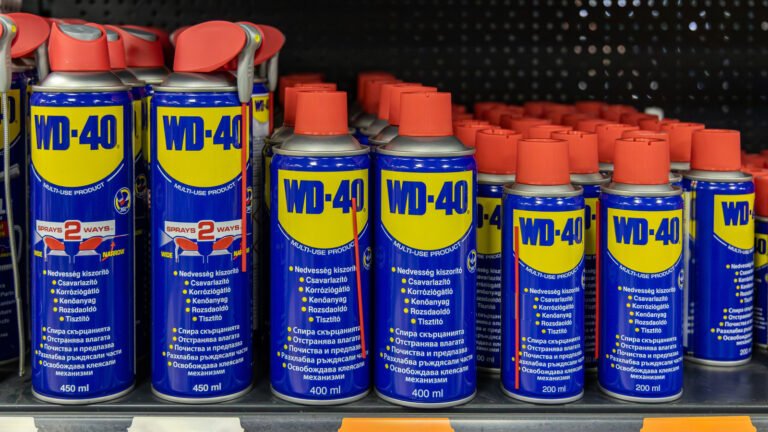
The V8 is alive and well
Like Stellantis with its Hemi V8, General Motors has no intention of discontinuing the iconic V8 engine. It’s a powertrain that’s hard to replace, especially in larger SUVs and pickup trucks, which is why GM is investing millions in the development of a sixth-generation V8.
A new and important detail about this new V8 has just come to light, as GM Authority reports the engine will come in two capacities: A 5.7-liter and a 6.6-liter. These two engines will be tuned for different applications, though, with the smaller one aiming for greater efficiency and the larger mill expected to prioritize power and performance.
Multiple Displacements Necessary
Chevrolet Corvette C8 Exotic Car Trader
GM’s current V8s are used in everything from the Corvette sports car to the Chevrolet Silverado pickup; 5.3L, 6.2L, and 6.6L versions are currently available. Therefore, it’s logical that the new V8 comes in at least two sizes to cater to the diverse range of models powered by these engines. The new V8 is expected to retain a push rod design and a cylinder bank angle of 90 degrees, and it should deliver improved power, efficiency, and performance.
While the smaller 5.5L V8 is expected to find its way into GM pickups, the performance-oriented 6.6L mill will reportedly find its way into the Corvette Stingray, E-Ray, and a forthcoming Grand Sport version.
That’s according to a Corvette insider by the name of Jason Carter, who confirmed these rumors about the 6.6L engine in a Facebook post. According to Corvette Blogger, the post has since been deleted, and it must be noted that GM itself hasn’t confirmed the capacities of the new V8.
The existing 6.2L V8 in the Corvette already produces 490 horsepower in standard form, so it’s entirely feasible that its 6.6L replacement will exceed 500 hp, turning even the base Corvette into an even more potent performer.
New V8 Must Restore Reliability Reputation

Larger, naturally aspirated V8 engines are not the most efficient, but they have a strong reputation for reliability. However, GM’s existing L87 small-block V8 has come under fire for multiple engine failure reports, so much so that a lawsuit has been filed against the company. Issues like damaged connecting rods and faulty crankshafts have plagued the 6.2L V8, and plaintiffs have accused GM of replacing some engines with units that were also faulty.
The new engines will give GM the opportunity to do away with the problematic 6.2 entirely, although that doesn’t mean the company’s problems are gone, since nearly 600,000 vehicles were recalled back in April. The L87 is used in several models, including the Chevrolet Tahoe, GMC Sierra 1500, and Cadillac Escalade.
Related: How Many V8 Powered American Vehicles Will Remain in 2026?
Why It Matters

Chevrolet
V8-powered vehicles aren’t as common as they once were, so the development of a new V8 implemented so widely is a big deal. Almost $900 million in funding at GM’s Tonawanda Propulsion plant highlights how committed the automaker is to the new engine.
Furthermore, even though GM has made great strides with its EVs, the need to provide consumers with powertrain diversity is an industry trend we’re likely to see continuing. Vehicle type, consumer location, and individual use cases all influence whether someone goes for a gas, hybrid, or electric model. The overturning of California’s ban on gas-powered cars by 2035 has also motivated brands like GM and Stellantis to invest more heavily in V8s.
Related: BMW’s Gas Guzzlers Are Thriving: V8 Sales Soar Even as the Brand Goes Electric


